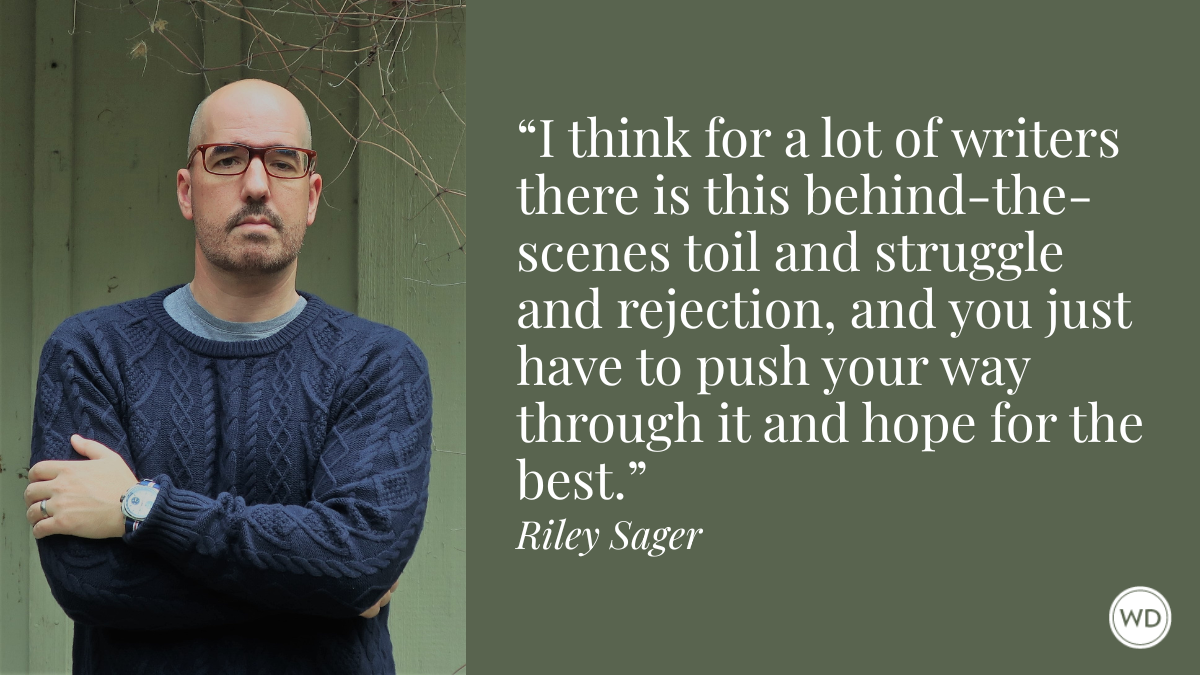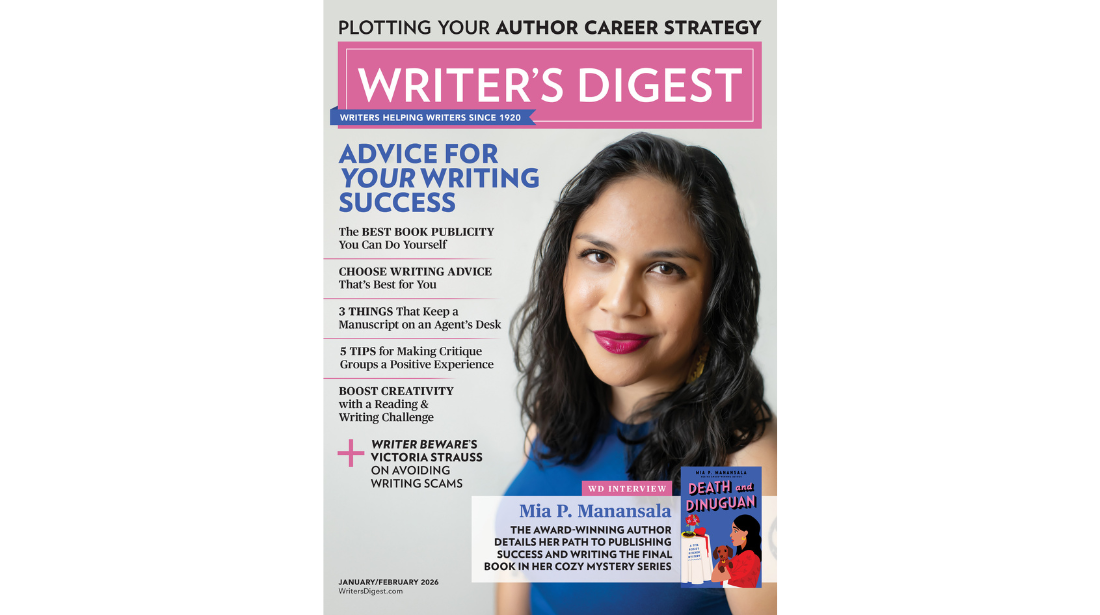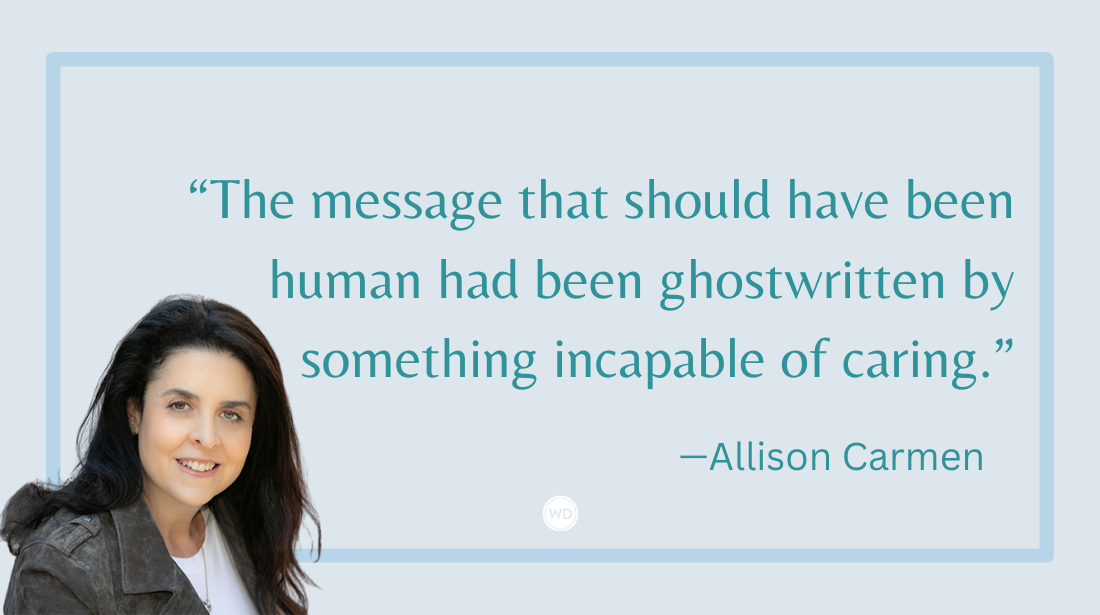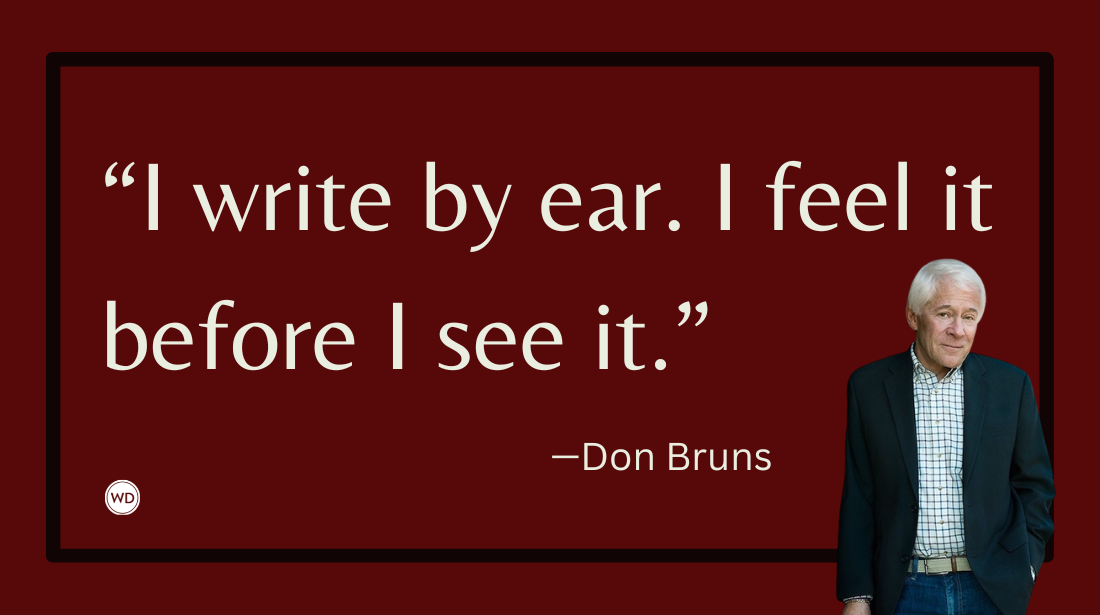Two Steps to Build Writing Ideas for Fictions
Learn the two steps to build writing ideas for fictions, including how to put them into action and enter the Dreame Writing Academy Competition with $100,000 in cash prizes.
My name is Caroline Miller and I am an editor at Dreame. I would like to share a good formula that is often used to help writers build ideas. Dreame is a leading reading platform that provides writers with opportunities to present their work. Over the past 18 months, my colleagues and I have helped writers earn more than six million USD, and some of them have earned as much as $90k a month as millions of readers have read their fabulous stories.
The Formula: The formula has two distinct parts. Those are 1) Finding Sparks and 2) Building Ideas. A spark is a flash of inspiration that provides writers with original writing material. A spark births ideas and ideas flesh out sparks. Ideas are the functional building blocks that make a story a story. A spark can come to a writer at any time, whereas an idea requires careful consideration and thoughtful arrangement.
Formula Part 1: Find Your Sparks
Writing a story is like planting a big tree. The first thing you need to do is find your seed/spark. The seed is the thought or flash of inspiration that made you want to write in the first place. It can come from a previously developed character, a myth that you've heard, an exciting conversation that you've been a part of and the list goes on without end. The more seeds you have in your mind, the less likely it is that you'll have a mental block. Of course, sparks won't pop up like magic. There are many different ways for an excellent writer to find sparks.
Find sparks from your imagination. Observe your daily life, and harvest sparks from the things you see, do, and think. They may come from your dreams, an epiphany that you had while watching a movie, or a random idea that you had while talking to a friend. These sparks may be quirky, but they can be great material for writing. Keeping a timely record of these things will help you write.
You can also collect sparks from the books you read and the movies that you watch. For example, you may encounter a classic plot or be introduced to an interesting character when reading one of the trending stories on Dreame. These sparks are practical and can be instructive as well.
Find sparks from your own life. You can find these sparks by looking at people (a sexy neighbor or a doctor's cousin) and events (a quarrel between friends).
You can find sparks on the news and social media. A recent event is one example. Carefully write down the things that impress you, and you can use them in your writing.
Formula Part 2: Change a Spark Into an Idea
When you have a spark, you need to turn it into an idea. Before introducing some tips, let's take a story called Diving Into You as an example. When the author, Amelia David, was asked how she got the idea for this story, she said:
"One day, when I was browsing the web, I happened to see the romantic story of a famous athlete Iker Casillas Fernández and a journalist Sara Carbonero. Then a spark came to me: why not write a story about a sexy athlete and a cute female journalist? They work hard in their way and have witnessed each other's low ebb and success. There were some misunderstandings between them but finally, they fall in love."
She continues "I decided to make it a story on Dreame. I have kept asking myself some questions like: what kind of story is this supposed to be? What is the tag of the story? Where does the story happen? And what are the main characters' personalities like? After figuring out this question, I got a picture of my story."
There are also some tips writers can follow:
Set a Background: The background is the foundation of the story. The background should include:
- Time: Many romantic stories happened in contemporary society, so writers do not need to spend a lot of time explaining today's social environment and rules. But if you place your story in the past, the future, or on an alien planet, you must give your readers a clear picture of the time in which your story is taking place. Describe the landscape. How do people think? What are the political and economic rules?
- Scene: Scenes not only give the story space but build a kind of atmosphere. Readers have different expectations for different scenes. As an example, in Diving Into You, when the hero and the heroine are in a bar, readers naturally expect to see some romantic interaction between them. It is different when they are in a sports stadium. In this example, readers want to feel the passion that comes from sporting events, and they expect to see the hero win the championship.
- Background Story: This is different from the main plot. The background story describes what happened in the past. It is helpful to explain how the characters developed. A good background story will help the reader fully understand the characters' emotions and motivations. Having a background story makes story characters more believable.
Design the Main Characters: When you design your characters, consider three dimensions: appearance, personality, and social connections.
- Appearance: sex, age, figure, clothing, the color of their hair, posture, habitual actions, etc.
- Personality: moral standard, ambition, temperament, attitude toward life, abilities, etc.
- Social connections: class, occupation, education, home-life, religion, race, nationality, etc.
A person's appearance, personality, and social connections should be mutually consistent. The characters in a book should be diverse. Each character should have his or her unique characteristics, which must be a composition of elements from the three available dimensions.
Determine the Tags of the Story: Romance stories have many tags to choose from. Different tags will affect plot-setting, character-designing, and the emotional tone of a book. Amelia David, for example, chose "Opposites Do Attract," "Independent," and "Confident" as the tags for her book, Diving Into You.
"I don't want my story to be too sad," she said. "I want it to be full of strength and hope. I like protagonists with different personalities and family backgrounds. Stories of similar people are easy to get bored with, while differences are more likely to produce conflicts, plots, and love."
You can access Diving Into You on Dreame. The story has been well received by Dreame's readers.
Writing is a creative activity that requires skill. Some writing skills can be acquired through training. Building ideas is the first skill that is needed. If you want to explore this topic more, check out: Dreame Writing Guides.
Dreame is holding an original story writing competition called Dreame Writing Academy with prizes of 100,000 USD the highest ever in the industry. This cultivating competition that is dedicated to boosting novice writers’ growth with free training courses and providing professional writers with opportunities for further career development. Join the competition by clicking: https://bit.ly/DreameWritingAcademy
Dreame is one of the world's largest multilingual writing platform for online original stories, being the home of over 150,000 works of fiction and host to more than 60,000 authors. Dreame is also dedicated to creating a professional writing platform that offers writers the most comprehensive benefits and development opportunities.
Lucrative royalties are offered to books that joined the Dreame pay-to-read program. Dreame promotes stories on the Dreame app and markets them on external channels, with Dreame covering the cost. Experienced writers find an abundant harvest on Dreame, while novice writers get a smooth start with Dreame's free writing guides and courses.









